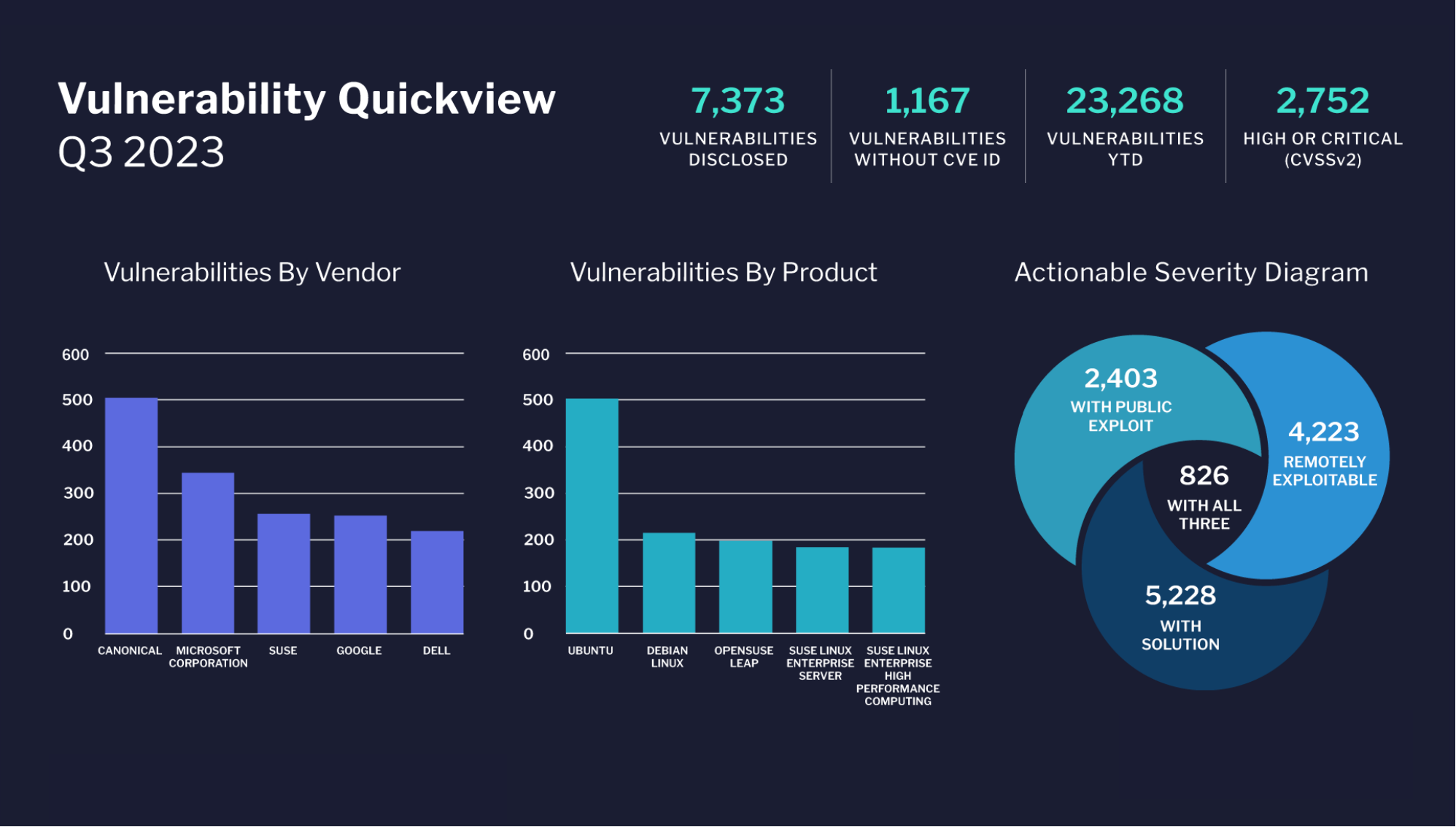Five cloud questions every CIO needs to know how to answer
The cloud is a powerful thing, but here in the CloudTweaks community, we already know that. The challenge we have is validating the value it brings to today’s enterprise. Below, let’s review five questions we need to be ready to address when it comes to the cloud.
In today’s technologically advanced world, the cloud is everywhere we turn, referenced in every magazine we read and a focal point of every IT event you attend. While the support for the cloud is overwhelming, many CIOs are hesitant to invest, unsure of where to start. For these CIOs, my advice is to start small and learn to walk before you run.
As a starting point, review your list of 2015 initiatives and see which ones can be addressed with a cloud solution. Software as a Service, SaaS, is a proven safe launching pad for many companies looking to enter the world of cloud services. Moving to office 365 has served many IT departments well. Office 365 has been a welcome solution by providing a cost-effective license model, while enabling the mobile and remote use. In addition, you can streamline business operations and enhance office productivity by sending infrastructure to the cloud, allowing your IT employees to spend more time focusing on more important business objectives. Imagine your company with secure smart device and desktop email access and no more phone calls about the mail system being down—all in a cost effective, flexible pricing model. Sounds like an easy decision. Other good SaaS choices include ERP, help desk and accounting solutions.
The cloud can also be useful for creating a test and development environment. This gives you the ability to test cloud services while creating a very cost-effective test and development environment. By allowing you to turn on and off the environment as needed, the public cloud allows companies to cut down costs by only paying for what they need, when they need it. This eliminates the allocation of hardware for test environments, resulting in a positive reduction in depreciation costs due to obsolete equipment.
The cloud can deliver numerous benefits, but the most impactful ones are cost savings, scalability and agility. Many cloud solutions can deliver up to a 25 percent reduction in bottom line costs for CIOs. The cloud’s ability to provide agility and unlimited scale that cannot be achieved effectively internally positions your department to take on whatever the business units will need now and throughout the year. Additionally, the cloud can enable IT executives to say “yes” to the business units and not slow down the company’s objectives, effectively taking back control of IT and minimizing the shadow IT movement.
What better reason to invest in the cloud than when it aligns with your brand’s top initiatives? Based on a list of top 10 CIO priorities released by Information Management, disaster recovery was ranked number nine. Over the last couple of years, disaster recovery services have gone from big-ticket items to cost-effective solutions offering aggressive service level agreements. One of the main drivers of this decreased cost and increased service is the proliferation of cloud-based disaster recovery providers.
In the same poll, cloud services were ranked as the number two priority for CIOs. Other initiatives on the poll were cost reduction and consolidation. In most cases, moving servers to a cloud provider will reduce server, storage and hardware costs by up to 25 percent over building the same solution in-house. IaaS services can also facilitate data center consolidation projects or allow companies that have not completely virtualized their operations to do so, thereby reducing cost while consolidating their server and storage footprints.
CIOs need to realize that the cloud is key to elevating their seat at the Executive table—an elevation that can take them from technology implementer to driver of business strategy. Though not a magical pill, the cloud is a requirement for this type of transformation in today’s business landscape.
The cloud enables an agile, scalable and cost effective infrastructure, allowing IT to quickly accommodate even the most demanding business requests. Delivering solutions to the business in a timely and cost-effective manner builds credibility and showcases IT as a “can do” organization versus a roadblock. With a renewed reputation, the business units will pull IT into their projects proactively, thereby reducing the shadow IT movement and in turn returning control back to IT. With this precious new gift of trust, combined with the cloud, IT can provision application on their private cloud when a higher degree of security or compliance is required, while leveraging the public cloud for applications that have lower security requirements but need to burst. The increased efficiency, business trust and reduced shadow IT will enable IT to begin driving the digital transformation, rather than viewing it from the sidelines.
The cloud has changed the mentality of outsourcing in many ways. For example, companies no longer want to sign 7-10 year contracts with their providers. Many are keeping their contracts to three years or less. Technology is changing too fast and companies need to remain flexible in order to adapt to the latest trend or technology. CIO’s are also now open to finding the best of breed providers to address their business initiatives, and if that means spreading the opportunities across multiple providers then so be it. Multisourcing, working with multiple providers, is now an accepted and preferred method while the once common practice of using a single provider is now thought to be “old school thinking”. Work with a provider that is both willing to add value beyond their basic services and determine if the provider is progressive and will be able to deliver the next disruptive technology you may need to transform your business.
By Marc Malizia





